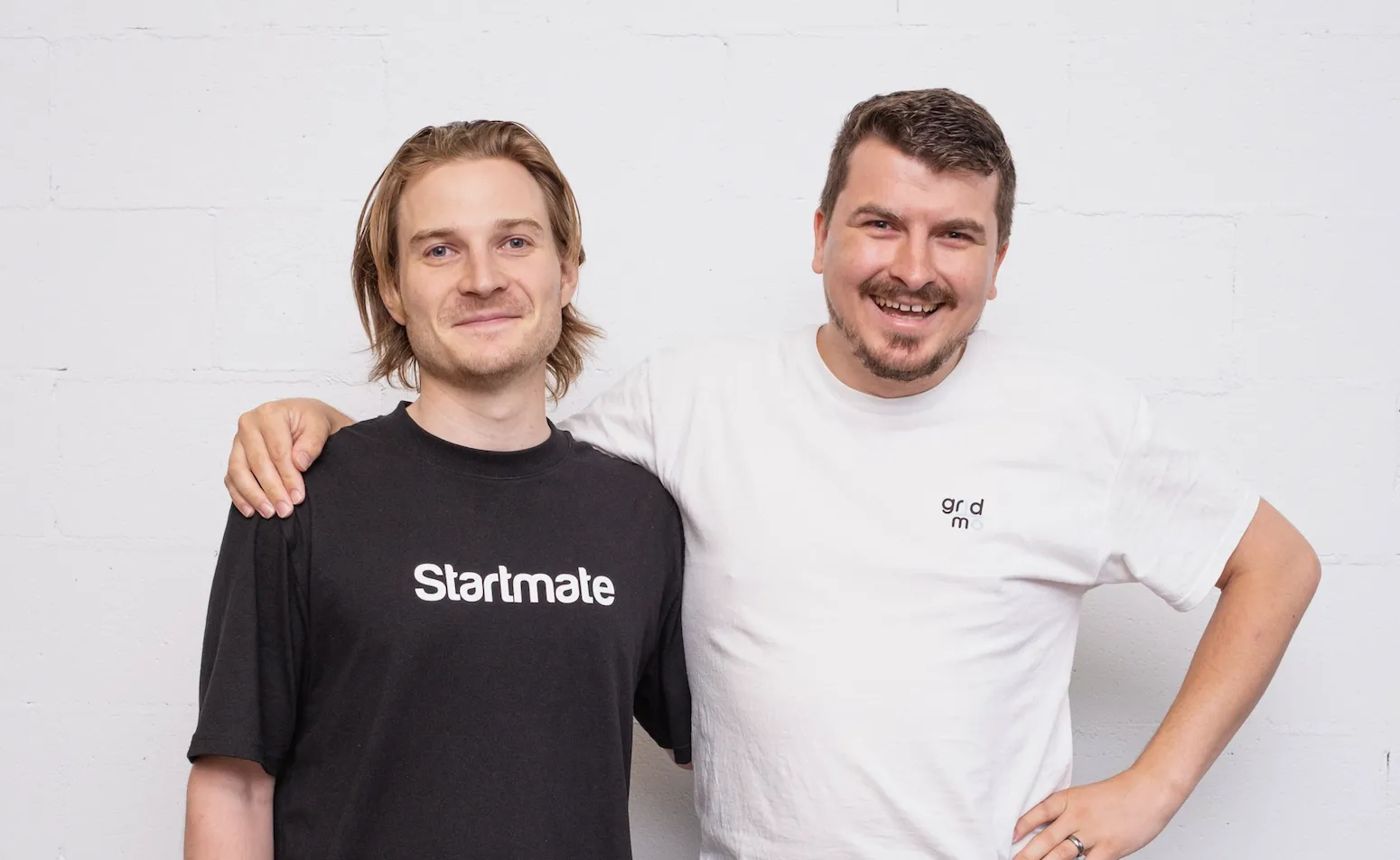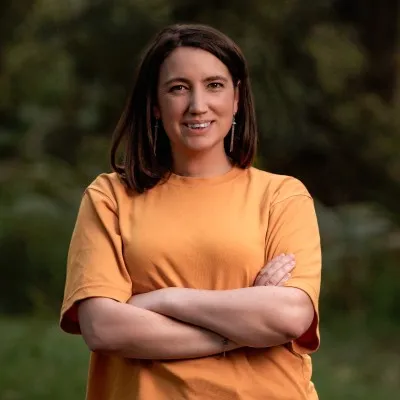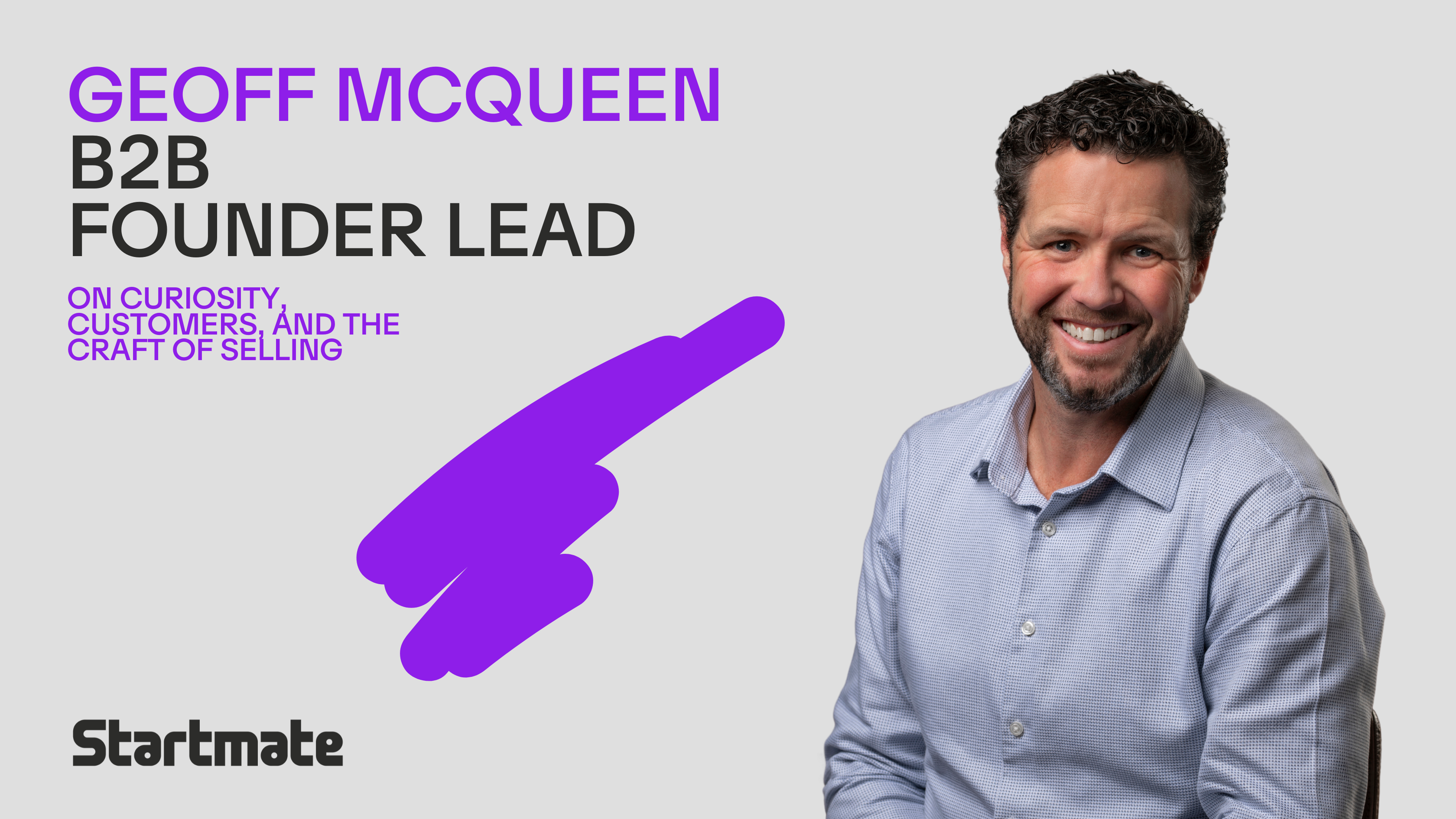As any highschooler will tell you, coal power is on the way out and renewables are in. But while Australia has wind and solar farms in abundance, getting that power into the main electricity grid is a tad more challenging than one might have thought.
gridmo is a software platform tackling that challenge, and ramping up the rate at which renewable energy can be connected for regular, everyday use.
Co-founder Damien Vermeer says the platform will be the “gold standard” for engineers plugging new power sources into the grid, fast.
It means more renewable energy sources, and reduced carbon emissions. But Damien says this will also be a good thing for those in the power engineering industry – an industry he and co-founder Jarman Stephen are very familiar with.
A renewables bottleneck
As former grid connection engineers, Damien and Jarman are taking on a challenge that not many people really understand. But it’s a challenge that is slowing down Australia’s transition to renewable energy.
Australia needs about 200 gigawatts of renewable energy in order to fully transition away from fossil fuels, Damien explains. Currently, there are about 70 gigawatts being generated, waiting to be transitioned onto the main grid.
But the process of connecting it is onerous, time-consuming and fragmented.
“There is a huge backlog of work; there’s a lot of duplicate work and a lot of redundant work,” Damien says.
So, we’re only connecting about 2 gigawatts per year.
“That's a very big bottleneck. At our current rates, we will successfully transition to renewable energy in about 50 years,” he adds.
“We want to get on with the job faster and see more wind and solar farms.”
gridmo’s aim is to speed up the process “by an order of magnitude”.
By 2028, the founders want to have transitioned 10 gigawatts of renewable energy through gridmo.
To put that into perspective, at the current rate, that would be every single renewables project in Australia from now, for the next five years. Obviously, that’s not happening just yet.
“We have to make the process much faster, to achieve that goal,” Damien says.
There are already power system software products on the market, but nothing designed for this particular use case. gridmo connects all these tools and offers local engineers access to them, in a way that is tailored to Australian renewable energy.
“The software really is a web app at the front that plugs into this software at the back,” Damien says.
“It's taking a bunch of general tools which the industry uses and using them in a specific way.”
The founder admits this is a niche – and a technical one at that. But it could have real impact in tackling that bottleneck and speeding up the transition to renewable power on a global scale.
“Australia – and especially South Australia – is leading the world on the transition to renewable energy, but this is a world problem. We’re just starting with this.”
“It’s actually pretty good”
Damien and Jarman first met at university eight years ago, but they were working together as grid connection engineers at a consulting group when they encountered the scale of this problem.
While cringing at the cliché of it all, Damien says the pair had that ‘classic moment’, wondering: “Surely, there’s a better way?”
They knew they worked well together under pressure, and they share values, industry experience and a deep desire to learn.
Both had studied electrical and computer systems engineering, so they also had enough experience in software to get something off the ground.
“It was a pretty good relationship to take into a startup.”
Since launching less than five months ago, gridmo has secured its first customer, and (obviously) joined Startmate’s Summer 23 cohort.
But so far, the highlight for the founders was the moment they realised their tech actually works.
If Jarman and Damien hadn’t created this tool, and were still in their old jobs, they would have been customers, Damien says.
“We had been hardcore programming and pushing and cutting features … then eventually we took a step back and had a go at the software like our old selves – like our customers. It’s actually pretty good!
“That was a turning point.”
Great power and great responsibility
Through the Startmate program, these first-time founders have been able to get their product developed and out to market much more quickly than they ever anticipated. That’s obviously been a massive win, but in a strange way it’s also led to challenges.
They had what they thought were audacious goals. In reaching them, they didn’t quite know what to do with themselves next. Their momentum didn’t stall completely, but it slowed.
Entrepreneurs tend to have a clear idea of what they want the world to look like in five years' time, Jarman explains.
“Often the really tough part is deciding what to do next – in the next week, in the next hour, in the next day.”
Startup life is a series of sprints, with each followed by an abyss of indecision and overwhelm, before identifying the next priority.
“That’s a low point that’s going to happen constantly,” Jarman adds.
In a regular job, you have limited autonomy. As a founder, you have total freedom over what you do, but that comes with total responsibility.
“That’s a muscle you don’t get to stretch too much in the corporate culture, and then it becomes one of the most important and hardest things for a founder.
“I think it’s just going to come with practice.”
Another curveball of startup life has been learning to fail fast – and truly understand what that means.
The pair pushed hard to get their product finished as quickly as possible, which was a new experience for them. But they found the quicker they could get something in front of potential customers, the quicker they could improve it.
That’s the competitive advantage of being a startup, Jarman says. You might not have the same brand recognition or cash reserves as big business, but you have speed on your side.
Equally, if you present something you’ve been working on for a month, and it doesn’t work, people are generally forgiving. If you’ve been working on it for a year or more, they expect to be blown away.
“It’s very challenging to do your first sales pitch with a product that doesn’t work, or that barely functions,” Jarman says.
“But these things are always going to be hard. The more you delay it, the worse it’s going to be.”






.png)

